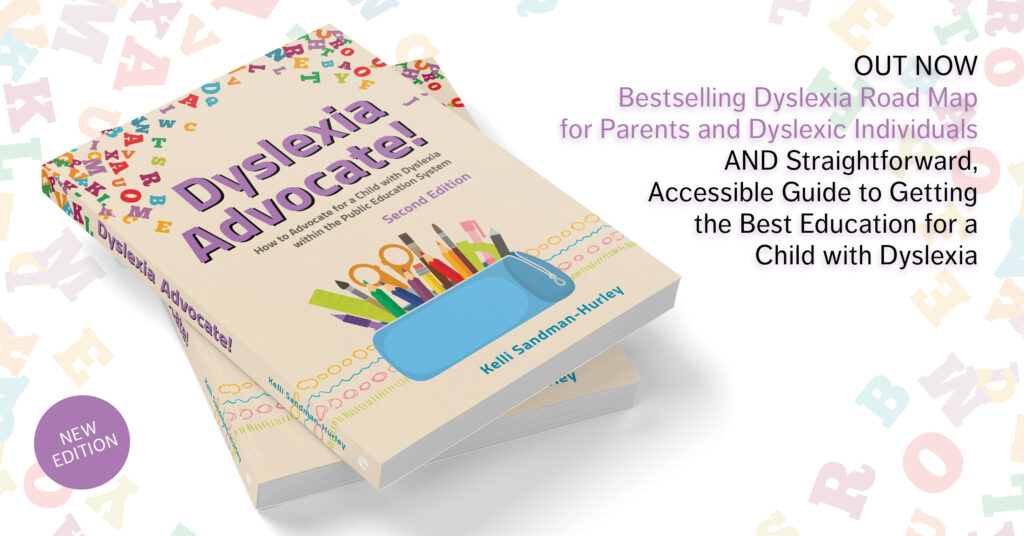Dyslexia Advocate, Second Edition

Curious about the new edition? Author Kelli Sandman-Hurley discusses the new release.
The first edition of Dyslexia Advocate published in 2016. In 2016, I really believed that the tide was turning. It seemed the public education system was improving its awareness of dyslexia, working toward early identification and incorporating effective approaches. In the years since 2016 it has and it hasn’t.
While there’ve been legislative improvements in many states, I still read IEPs with inappropriate goals and services for dyslexic students. I also still attend IEPs where I have uncomfortable conversations with teams who continue to deny everything from the existence of dyslexia to what is appropriate to teach them.
A lot has happened since the first edition of this book was released in 2016. The Endrew F. v. Douglas County School District Supreme Court decision was handed down. We lived through a global pandemic and there is an increased demand for equity in education. In this edition, you can expect to find additional information about what is “appropriate” according to the Individuals with Disabilities Education Act (IDEA), how the Endrew F. decision has impacted how we advocate for students with dyslexia, additional questions to ask at an IEP meeting and an added focus on older students.
In this second edition, I rewrote the IDEA chapter to include the recent Endrew F. Supreme Court ruling as well as including the history of the IDEA.
We have to understand the impetus for the IDEA before we can be really clear about how to help. I also included a section explaining the usage and context of “appropriate” as understood in instruction for students with dyslexia. Hopefully, this additional information will help you navigate the IEP process with more success and more clarity.
I am a stickler for using correct terminology, especially when we are crafting goals and choosing an intervention. I have seen words like phoneme misused and misunderstood more times than I care to remember. So, there is a new glossary of terminology in Chapter 9 to help write goals that accurately reflect what components of English a student needs to be working on. It will also help you have a more informed conversation about assessments, progress on goals, and how to interpret qualitative data.
Throughout this edition I have added a Middle/high school variation where I thought it would be helpful to differentiate the advocacy topic for older students.
When I wrote the first edition in 2016, I hoped that we were on the brink of big changes in the dyslexia world. Yes, several new state laws are on the books; there does seem to be an increase in awareness; there is definitely an increase in resources and training. However, I still receive the same types of emails today that I received six years ago. I still have to educate IEP teams about the IDEA and dyslexia – and this second edition will hopefully guide you to the resources your student needs and deserves.
Dyslexia Advocate, Second Edition releases Februry 21, 2023. Learn more about Kelli on her website.